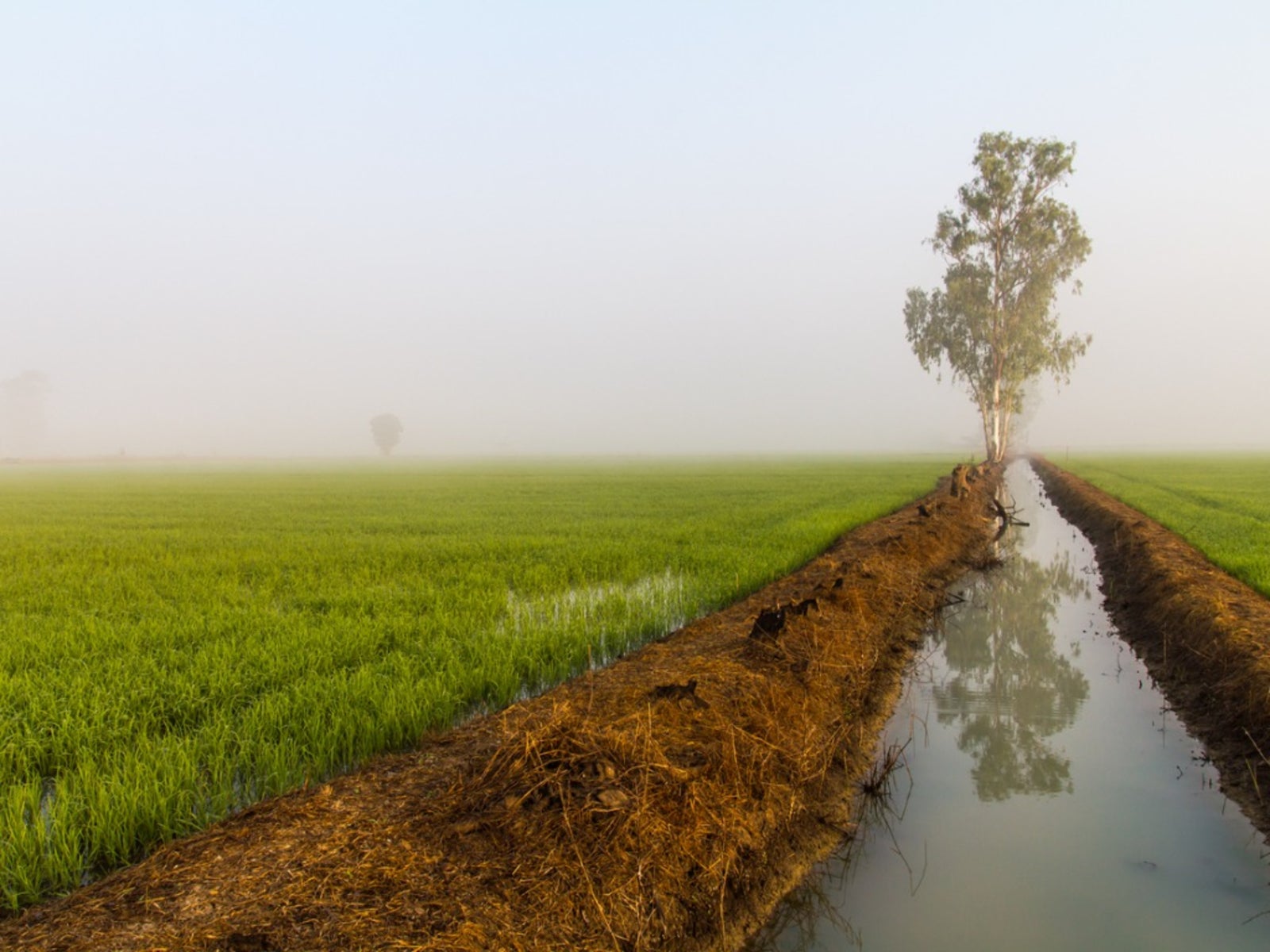What Are Berms For: Tips For Using Berms In The Landscape

You may not have noticed them before, but many gardeners and landscape designers incorporate berms in the landscape. What is a berm and what are berms used for? There are a number of berm uses. They feature prominently in the design of golf courses, for instance, but what about for the home gardener? Read on to learn how to use a berm in your own landscape.
What is a Berm?
A berm is often overlooked because it is specifically designed to blend into a landscape, and because at its essence, a berm is simply a mound of soil. Berms are often linear, always rounded, and may vary in height.
What are Berms for?
Berm uses are either practical or aesthetic. For instance, a berm in the landscape may be constructed from soil to hold water in around a tree so the water doesn’t just run away from the roots but, instead, soaks down into the root system. Another use for a berm is to slow or direct runoff on steep slopes. In this case, a berm is often accompanied by a swale, which absorbs the runoff water. Sometimes a berm is used in the landscape to create a natural looking raised bed or to highlight a certain area or focal point of the garden. Berms in the landscape are also used to redirect traffic, either foot traffic or, in the case of BMX or mountain bike courses, to steer bicyclists to stay on course. Berms are also commonly used in the aforementioned golf courses.
How to Use a Berm in the Home Landscape
There are no hard and fast rules as to how to build a berm. Your landscape will help dictate the shape and design of a berm along with your needs and aesthetic preferences. There are, however, a couple of things to keep in mind when building a berm in the landscape. Proportion is everything. The goal is to create a long, sinuous, gently sloping structure. In a small yard, there simply isn’t space for such a construct. Stick to the following basic guidelines before building a berm:
- A berm in the landscape should be four to six times longer than it is wide. It should not be any taller than 18 to 24 inches (46-61 cm.) in height. Always create wide curves that transition seamlessly into the landscape.
- Determine what types of plants you want and where, while keeping microclimates in mind, as this may affect your selections. For example, water drains more quickly at the top, so choose plants for drier conditions here and moisture loving plants at the bottom. Also, berms facing south or west are warmer than those facing north or east.
- Applying mulch, like shredded bark, will help reduce water runoff and erosion in the berm while keeping down weeds.
- Draw out your intended berm on some graph paper prior to digging and then make an outline of the proposed berm in the landscape. Step back and see how it looks before continuing to build the berm. This step may seem trivial, but it is a lot easier to map out the project first than to jump in and dig, only to start over again.
Now that you know what they are and how they’re used, berms can make lovely sites for gardens in the landscape.
Sign up for the Gardening Know How newsletter today and receive a free copy of our e-book "How to Grow Delicious Tomatoes".

Amy Grant has been gardening for 30 years and writing for 15. A professional chef and caterer, Amy's area of expertise is culinary gardening.
